Operating systems are forgotten by time
List of 10 operating systems sunk into oblivion by the introduction of Business Insider .
AmigaOS
Year of birth: 1985
Company: Commodore
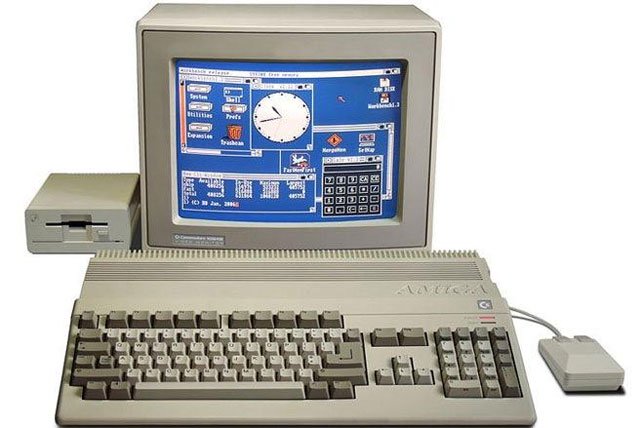
In 2005, Ars Technica, a technology newspaper, wrote, when it was released in 1985, the Amiga computer was a "time-ahead machine " with a color screen, a stereo system . Steve Jobs was said to be very good. worrying about the appearance of AmigaOS, but fortunately for Jobs and Apple, Commodore could not bring this operating system more developed.
BeOS
Year of birth: 1991
Company: Be Inc.

Apple offered to buy Be Inc. for $ 125 million in 1995, but the company's CEO Jean-Louis Gassee asked for $ 200 million. Therefore, Apple bought Steve Jobs's NeXT company. Later, Palm bought Be Inc. for $ 11 million in 2001.
OS / 2
Year of birth: 1985
Company: IBM
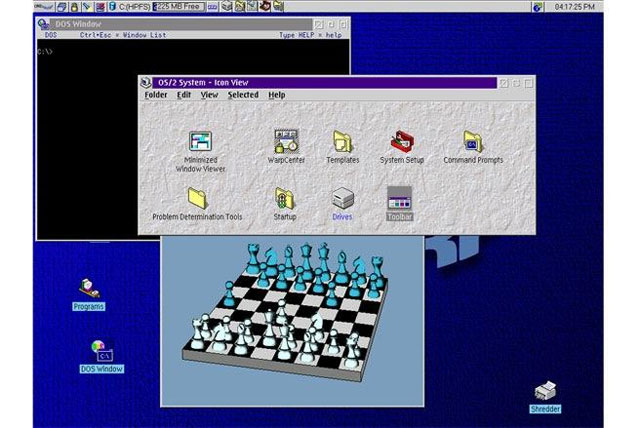
Microsoft and IBM together created OS / 2 in 1985, but when Windows 3 was widely accepted, this partnership broke down in 1990. Although it is no longer supported by IBM, this operating system so far still used for many ATM automatic teller machines.
Arthur
Year of birth: 1987
Company: Acorn Computers Ltd
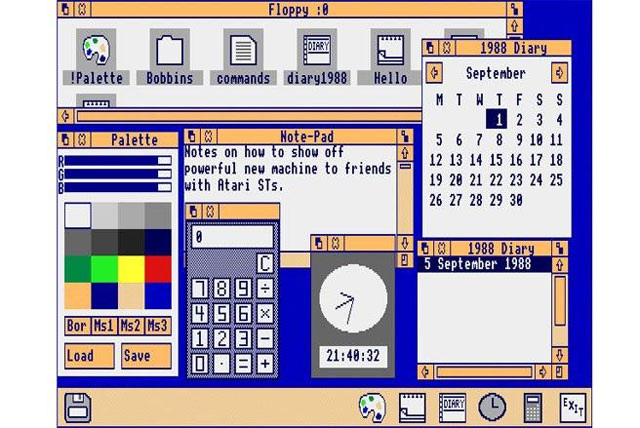
Developed within 5 months, Arthur's operating system is expected to be forgotten soon. But this operating system persisted until 1989 when the RISC OS came into being. RISC OS is still in use today, but it is unclear where it is used.
Inferno
Year of birth: 1996
Company: Bell Labs
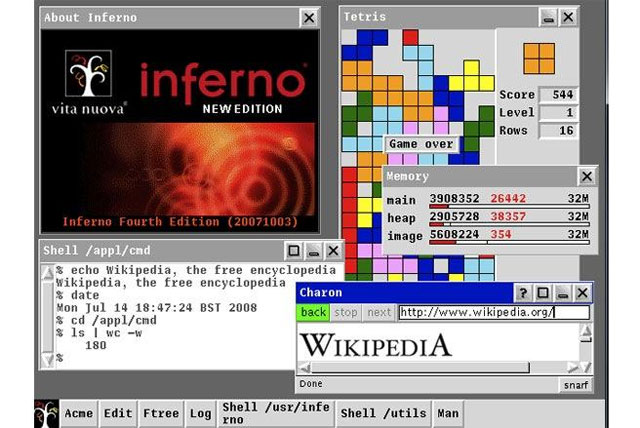
This is an open source operating system, so many versions exist. However, this operating system is only used at a very limited level.
XTS-400
Year of birth: 1992
Company: BAE Systems

Appreciated by the level of security, this operating system and its later versions are still used for military technology.
Palm OS (aka Garnet OS)
Year of birth: 1996
Company: Palm Inc.
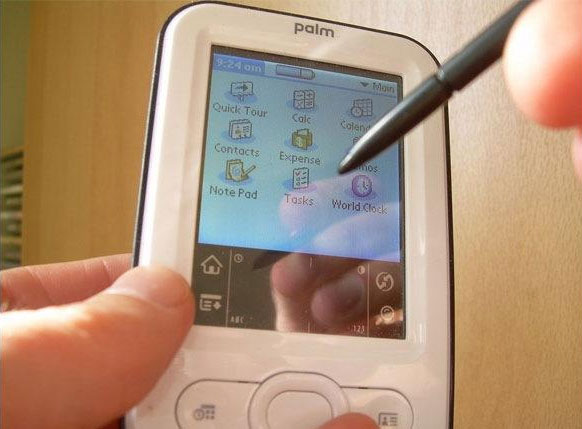
In 2002, Palm separated the operating system segment into a separate company. Creativity is also dead . The Palm OS, from being a powerful pioneering operating system for PDAs, is no longer keeping up with Web development and multimedia.
HP WebOS
Year of birth: 2009
Company: Palm, then HP
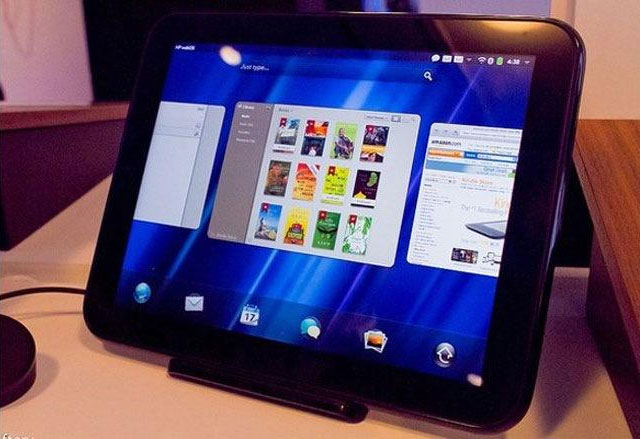
Palm launched WebOS as an answer to Apple's iOS operating system. The operating system was initially included in the Palm Pre smartphone and was considered one of the iPhone's most serious competitors at the time.
In 2010, HP bought Palm and WebOS for $ 1.2 billion. In 2011, HP wanted to launch a smartphone and tablet running WebOS, but all failed. So far, HP has abandoned WebOS and the operating system has become open source software.
Symbian
Year of birth: 1998
Company: Nokia (acquiring Symbian in 2008)
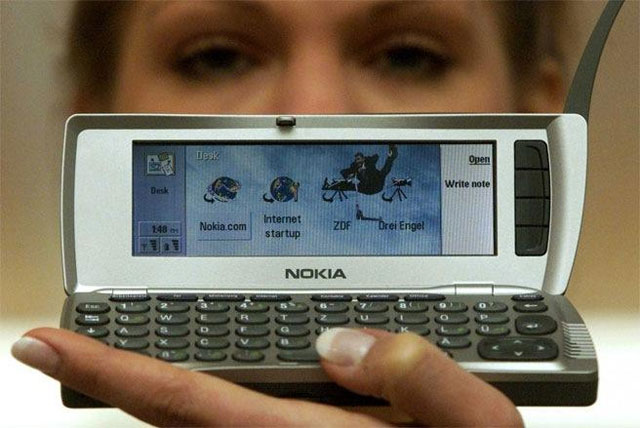
Once one of the most popular mobile operating systems, Symbian was removed by Nokia and replaced by Microsoft's Windows Phone operating system. Currently, all of Nokia's most prominent devices are running Windows Phone 8.
MS-DOS
Year of birth: 1981
Company: Microsoft
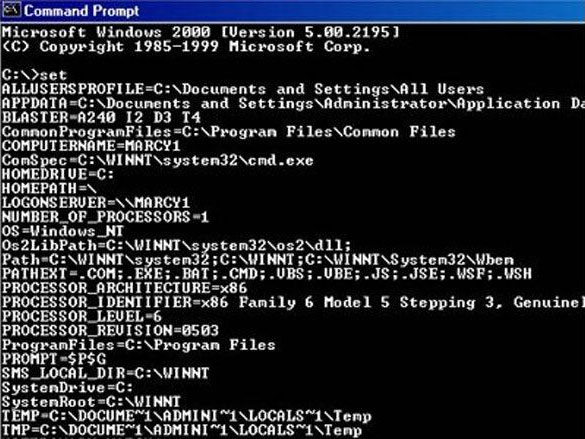
Those who use IBM computers in the 1980s and early 1990s were familiar with the MS-DOS operating system. Microsoft bought an 86-DOS operating system from Seattle Computer Products and later, transformed into an operating system called MS-DOS. There were eight versions of MS-DOS that were released before the operating system was stopped in 2000.
You should read it
- Compare 4 current TV operating systems
- Nokia officially bid farewell to Symbian and MeeGo
- 10 operating systems you can run with Raspberry Pi
- HP put webOS on desktops and laptops this year
- The open platform webOS 1.0 of HP was released
- Symbian S60 attack appears again
- The popular Symbian operating system for a time suddenly had an update after half a decade
- Instructions for installing Android on HP Touchpad
May be interested
- 3 features less known in Google Chrome
 according to statcounter, at this time chrome had a market share of about 32.8% while internet explorer was only 31.7%. currently, its market share has increased by about 43%, not only quick start, rich combination of extension and security is also high.
according to statcounter, at this time chrome had a market share of about 32.8% while internet explorer was only 31.7%. currently, its market share has increased by about 43%, not only quick start, rich combination of extension and security is also high. - Will Microsoft merge Windows RT and Windows Phone?
 in the near future, it is possible that microsoft will merge two windows rt and windows phone platforms into a single platform when information is available.
in the near future, it is possible that microsoft will merge two windows rt and windows phone platforms into a single platform when information is available. - Opera released Opera 16 based on Chromium 29
 opera recently officially released a stable version of opera 16 web browser using chromium 29 engine with many new enhancements related to api utilities and added support for location recognition service.
opera recently officially released a stable version of opera 16 web browser using chromium 29 engine with many new enhancements related to api utilities and added support for location recognition service. - Skype is developing 3D video calling technology
 in a recent interview with bbc site, vice president of skype service mark gillett said it is developing technology to enable 3d video calling.
in a recent interview with bbc site, vice president of skype service mark gillett said it is developing technology to enable 3d video calling. - After 11 years, Internet Explorer 6 is still 'king'
 so far internet explorer 6 (ie) is still the world's most popular browser with a market share of up to 6.08%. this is a statistic based on web browser versions worldwide.
so far internet explorer 6 (ie) is still the world's most popular browser with a market share of up to 6.08%. this is a statistic based on web browser versions worldwide. - 9 Chrome extensions are most useful
 extensions (extensions) like ginger, social fixer or adblock plus help you save time and increase efficiency when browsing the web with chrome browser.
extensions (extensions) like ginger, social fixer or adblock plus help you save time and increase efficiency when browsing the web with chrome browser.






 5 operating systems have been forgotten
5 operating systems have been forgotten What test you know about operating system P4
What test you know about operating system P4 What test do you know about the operating system (Part 1)
What test do you know about the operating system (Part 1) What test you know about operating system P6
What test you know about operating system P6 What test do you know about P2 operating system?
What test do you know about P2 operating system?